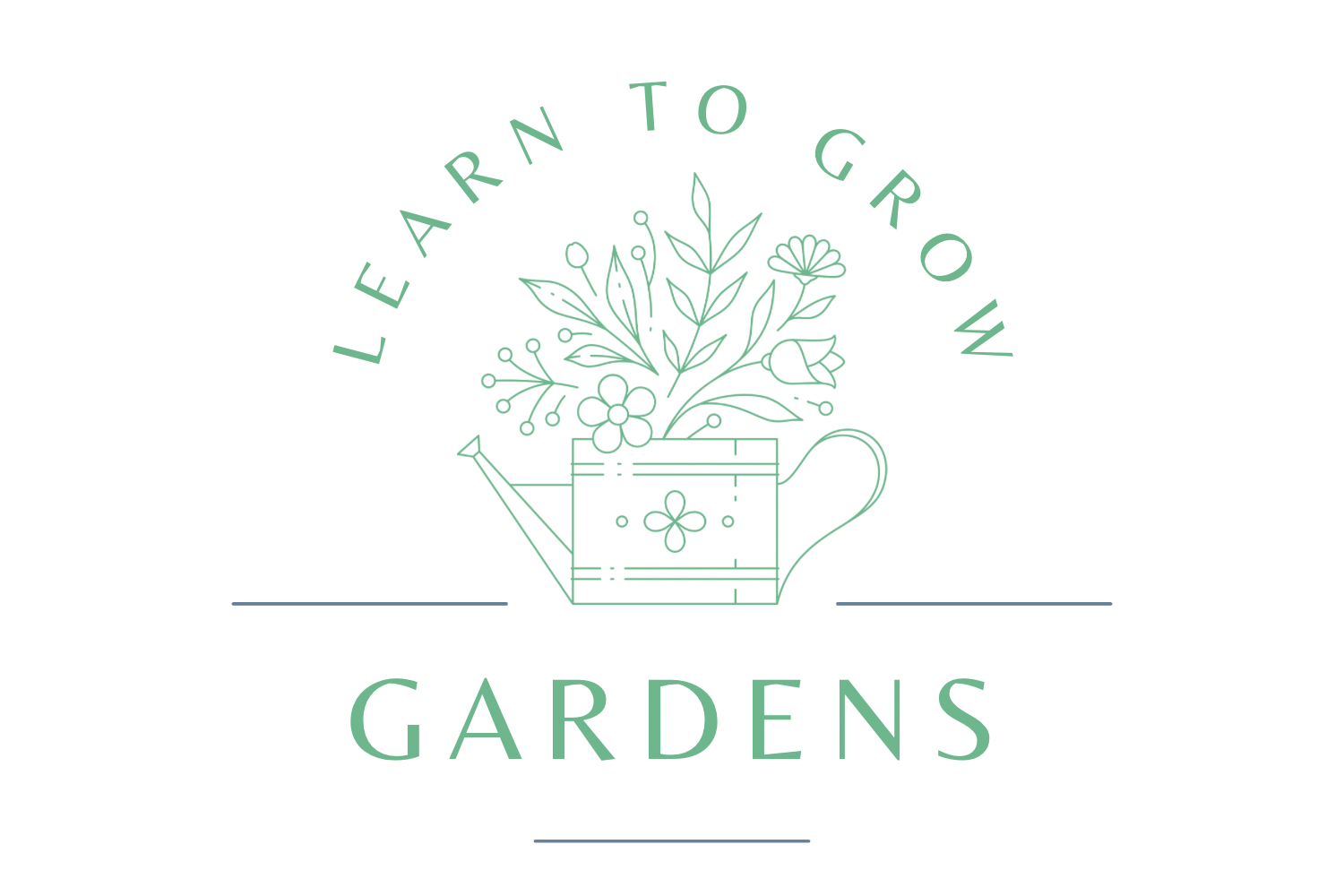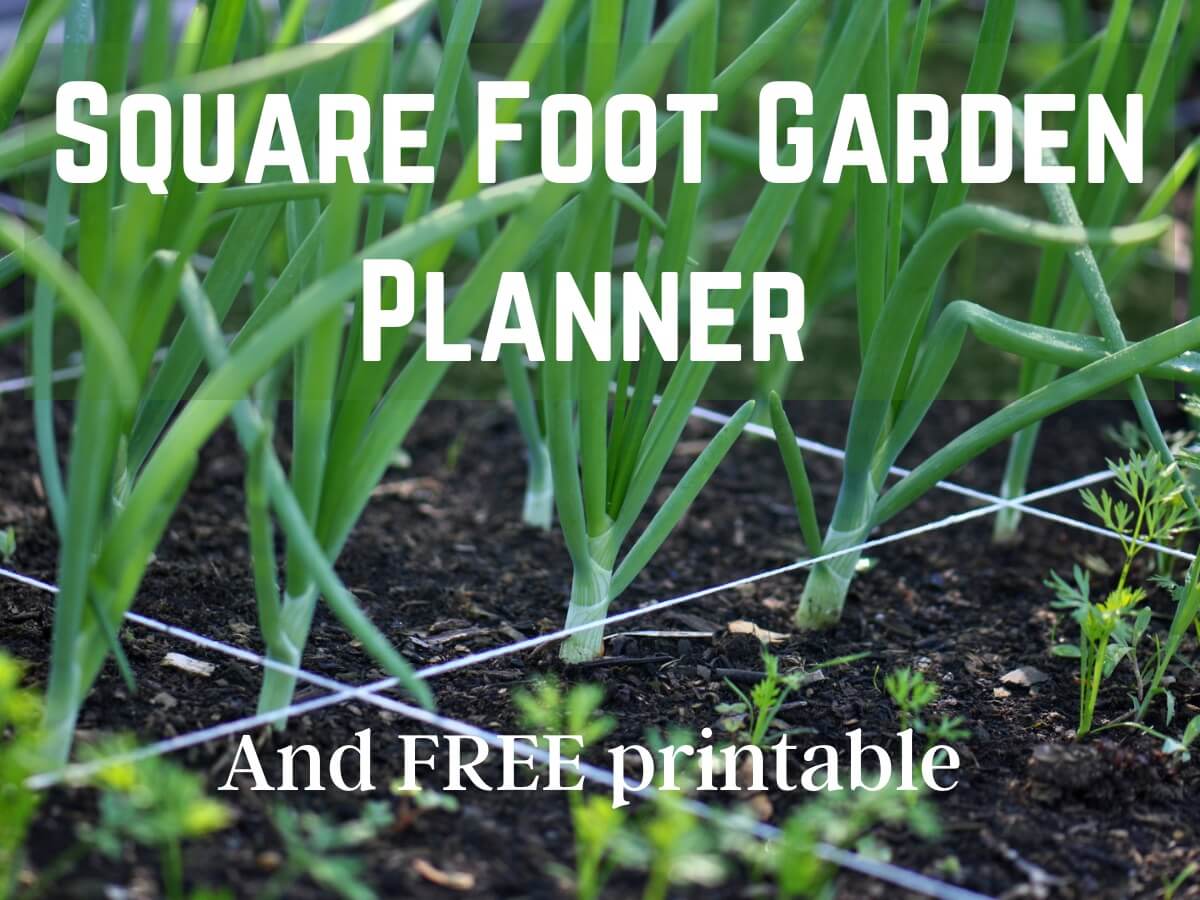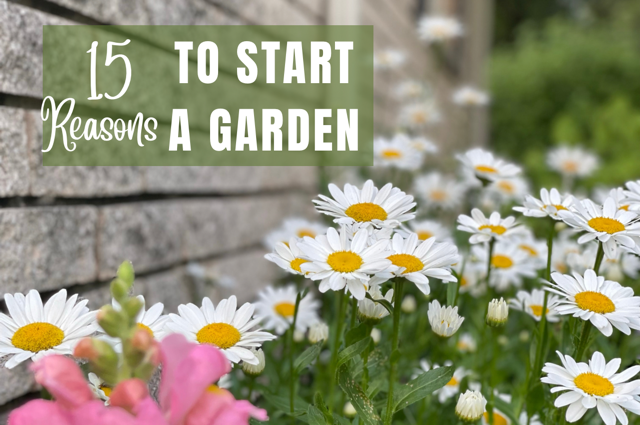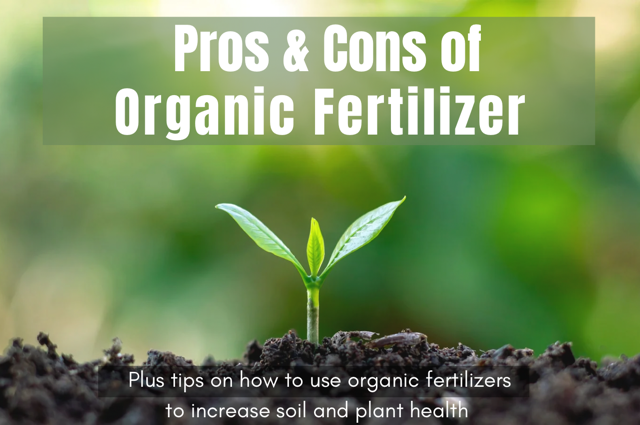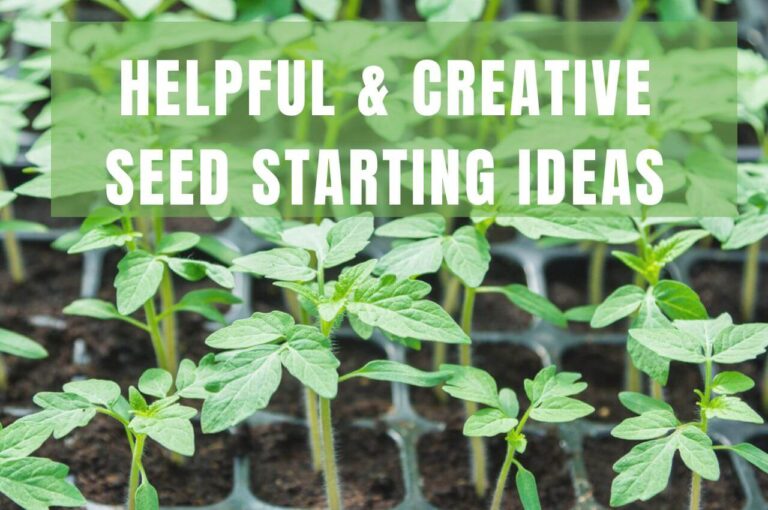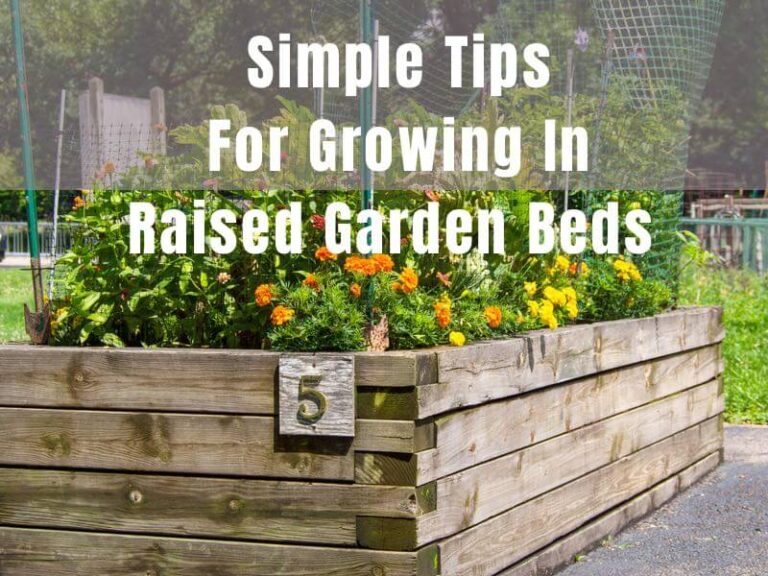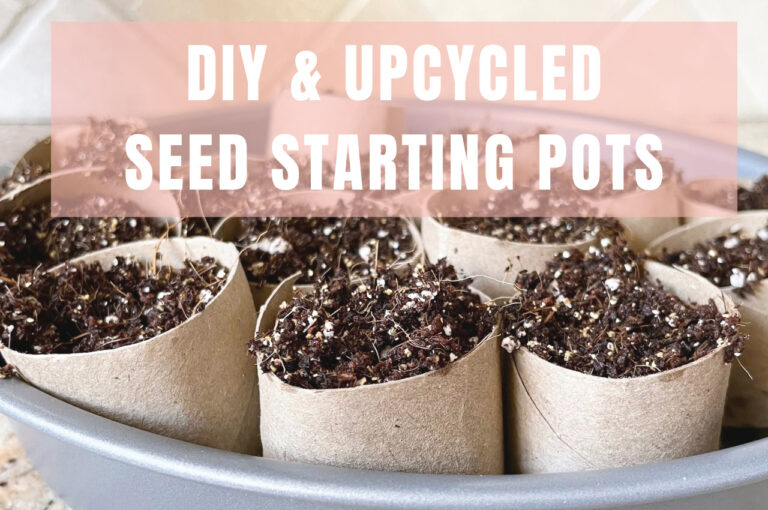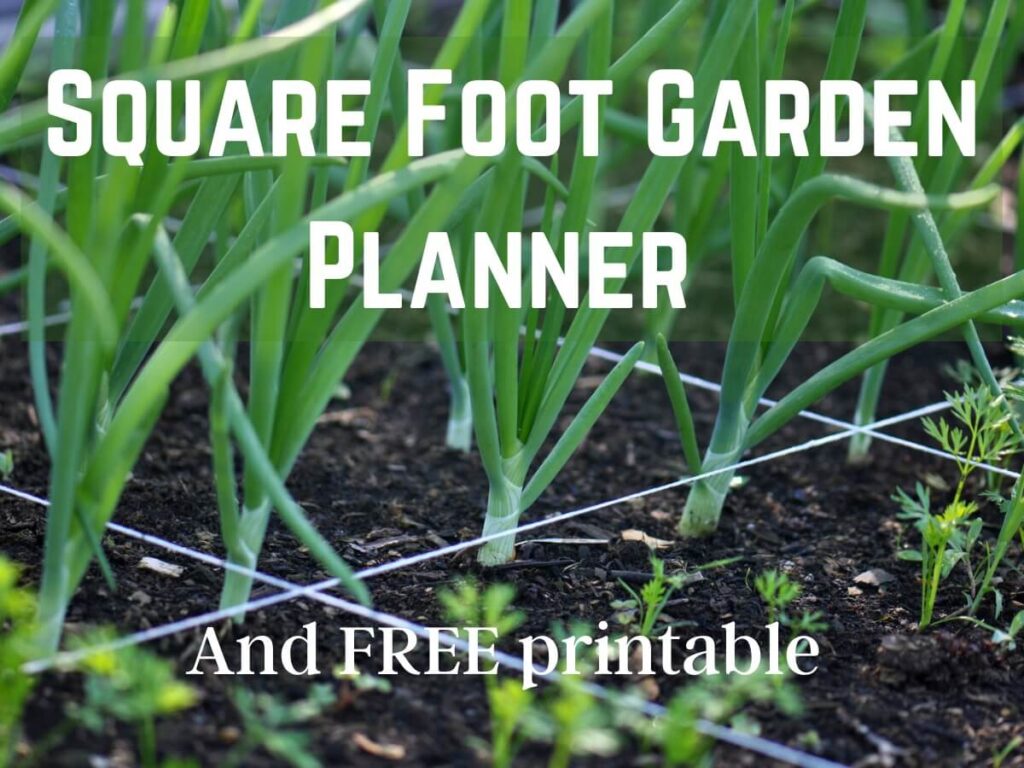
Printable Square Foot Garden Planner
Square foot gardening is a concept that lends itself well to raised bed gardening.
Raised beds are typically built in rectangles, which can easily be divided into 1-foot squares. Additionally, those of us growing in raised beds prefer to get the highest yield for our available space. After all, higher yields are one of the great benefits of gardening in raised beds.
This post may contain affiliate links. You can read my full privacy policy here.
What is square foot gardening?
Square foot gardening is a simple method of growing more plants in less space, in a simple grid-like layout. It’s great for new gardeners looking for a simple method to follow, or gardeners with little space for many different plants. Square foot gardening utilizes high-intensity planting in nutrient-rich garden soil compared to traditional methods of wide rows.
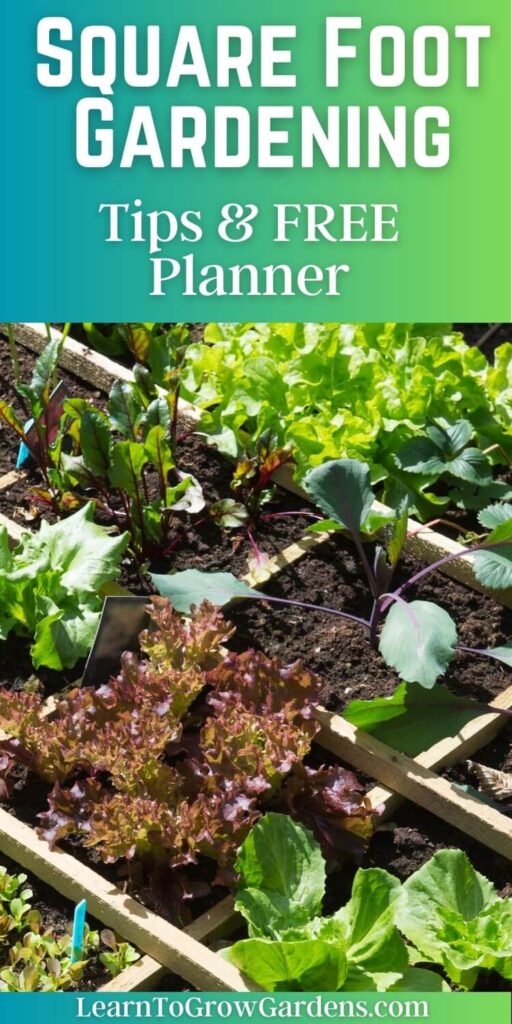
Benefits of square foot gardening
With a square-foot garden, every square foot of soil is utilized for maximum output. With a focus on nutrient dense, healthy soil, you can grow more plants in less space.
This is great news for those of us growing vegetables in our backyards, especially at a time with rising grocery costs. Growing our own food, with more vegetables in less space, means even more savings on the grocery bill!
Some other benefits of the square foot gardening method include:
- Fewer weeds
- Less disease and pests
- Less need for fertilizers & amendments
- Easier crop rotation
- Simple, logical layout
- Easier to plan out
- More biodiversity
- Easier for beginner gardeners
- Inexpensive to get started
To learn more about square foot gardening in detail, including companion planting and planting instructions, I highly recommend the book The All New Square Foot Gardening by Mel Bartholomew.
Free square foot gardening planner
To help you with your square foot garden planning, I’ve created a printable square foot garden planner just for you. This planner can be used to plan out a 4×4 foot bed or a 4×8 bed.
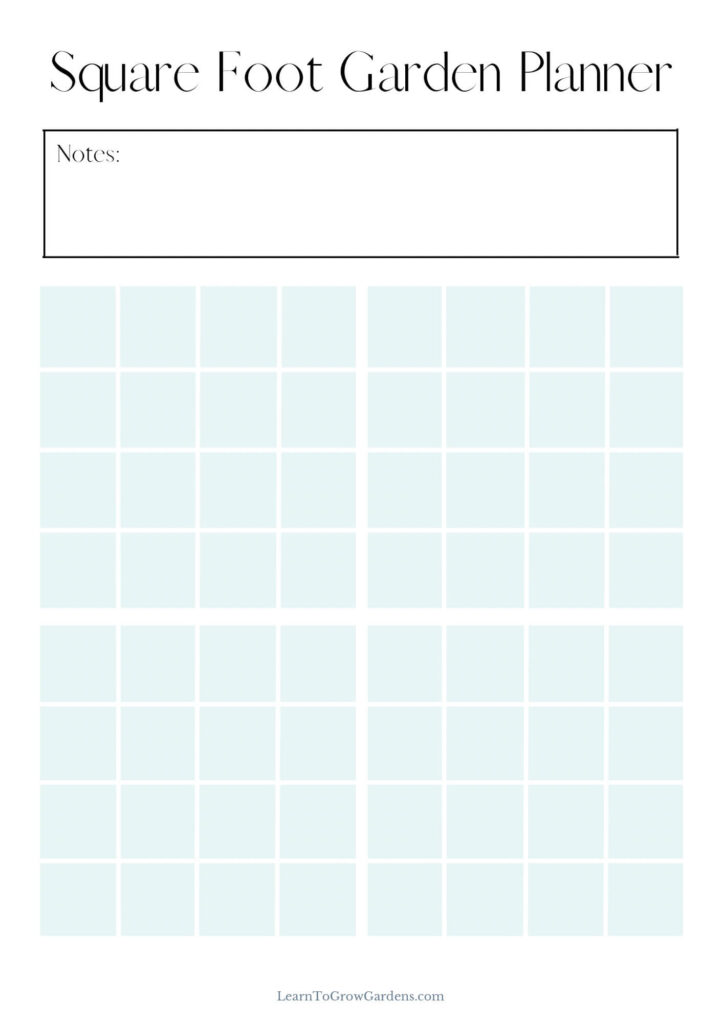
I’ve also included a chart with common spacing recommendations for square foot gardening. Use the Square Foot Garden Spacing Chart as a guide when planning your garden beds.
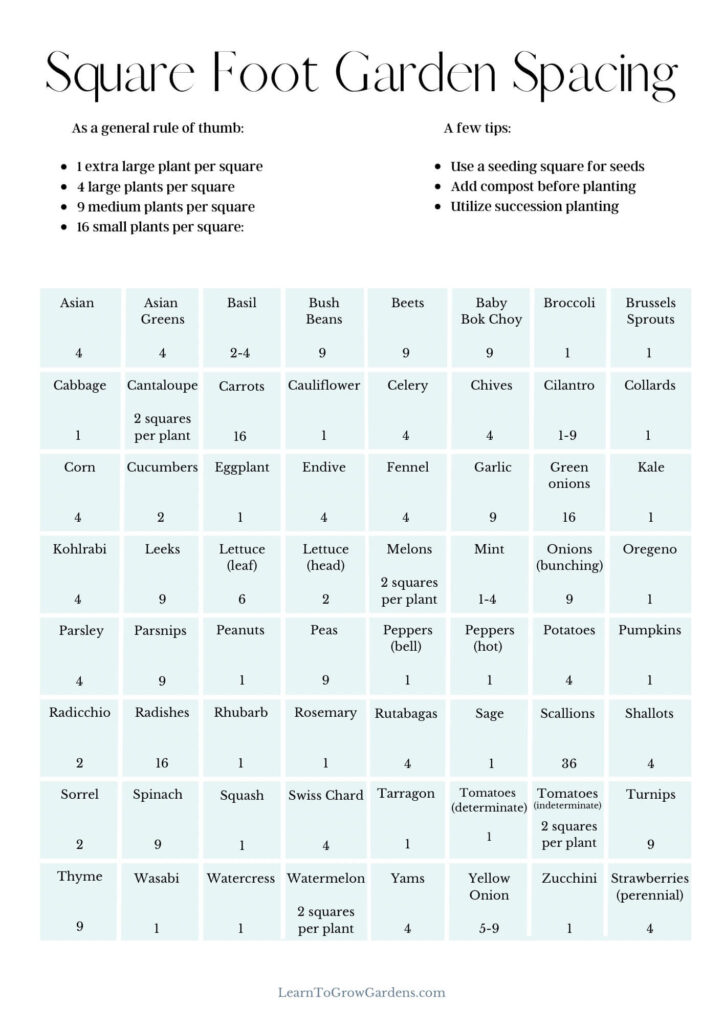
You can download the Square Foot Garden Planner pdf and the Plants Per Square Foot chart for free here. It’s my gift to you for joining my email newsletter, where I share helpful gardening tips & ideas, and seasonal gardening advice. It’s also available for purchase in my Etsy shop, along with other gardening-related pages.
You may also like my free printable garden planner, which is a mini version of my full planner. Add them to a binder with your square foot gardening pdf, and you’re well on your way to an organized, productive season!
Back to the square gardening guide…
How to plan your square foot garden
Planning out a square foot gardening bed layout is fairly simple. Think of your raised garden bed as a grid, with each square measuring 1 foot on each side. A 4’x4’ bed would hold 16 squares, and a 4’x8’ bed would hold 32 squares. You would then fill each square with the recommended vegetables, mixing and matching depending on what you’ll be growing during that current season.
Using a 4’x4’ bed as an example, and growing the following vegetables:
- Lettuce, 6 per square
- Cucumbers, 2 per square
- Tomatoes, 1 per square
- Peppers, 1 per square
- Carrots, 16 per square
- Arugula, 4 per square
- Basil, 2 per square
- Parsley, 4 per square
According to this plant list, in our 4’x4’ foot bed we could grow: 3 tomato plants, 2 pepper plants, 1 cucumber plant, 24 lettuce plants, 32 carrots, 8 arugula, 2 basil and 4 parsley plants.
With traditional vegetable gardening spacing, our 4’x4’ bed would hold 2 tomato plants and a couple of herbs and carrots. That’s weeks of harvesting a variety of salad vegetables and herbs, instead of just a handful of tomatoes and carrots each week.
The reason we’re able to pack more plants into a smaller space is because of the nutrient-rich soil and less weeds. This means your plants receive all the nutrients they need, despite more plants in a smaller space. The variety of crops in a single bed also discourages pests or disease from wiping out a large planting of a single vegetable variety.
How to create a square foot garden
To create a square foot garden, measure out the length and width of your raised garden bed.
At each foot of length, lay out wooden dowels, string, or similar to mark your grid. I use bamboo poles, which are easy to remove when I add compost. I cut them to the right length with strong bypass pruners and tie them into a grid with string.
Using the printable square foot garden planner and recommended spacing sheets, plan out each square in your bed. You can start your plants from seed, or use plant starts. This tool is an excellent tool for spacing out seeds in a square foot garden bed.
Once your garden is planted, keep it watered. Square foot gardens require more water than traditional gardens because they have more plants in less space. Those plants are thirsty and need extra water for each plant to receive enough moisture.
As your garden grows and you harvest from each square, replace the vegetable that was growing with a new vegetable for later. For example, if you harvest all 4 lettuce plants from a square, add 16 radishes or carrots in their place. This is known as succession planting. Succession planting ensures there’s an endless supply of vegetables to harvest during the growing season.
How many plants per square foot in a square foot garden?
The ratio of plants in a square foot garden varies by size. The following rule of thumb is generally used:
- 1 extra-large plant per square
- 4 large plants per square
- 9 medium plants per square
- 16 small plants per square
The recommendation per square for common vegetables are:
One per square:
- Tomatoes (keep indeterminates pruned)
- Peppers
- Cucumbers
- Broccoli
- Brussels sprouts
- Oregano
- Cauliflower
- Cucumbers
- Collards
- Kale
2 per square:
- Head lettuce
- Basil
- Yellow onion (2-4 per square)
4 per square:
- Arugula
- Parsley
- Thyme
- Bush beans
- Peas (4-9 per square)
- Potatoes
- Celery
- Leaf lettuce
- Cilantro (4-9 per square)
- Shallots
- Swiss chard
9 per square:
- Parsnips
- Beets
- Baby bok choy
- Carrots (9-16 per square)
- Spinach
- Garlic
- Leeks
- Turnips
- Bunching onions
16 per square:
- Carrots
- Green onions
- Scallions (9-36)
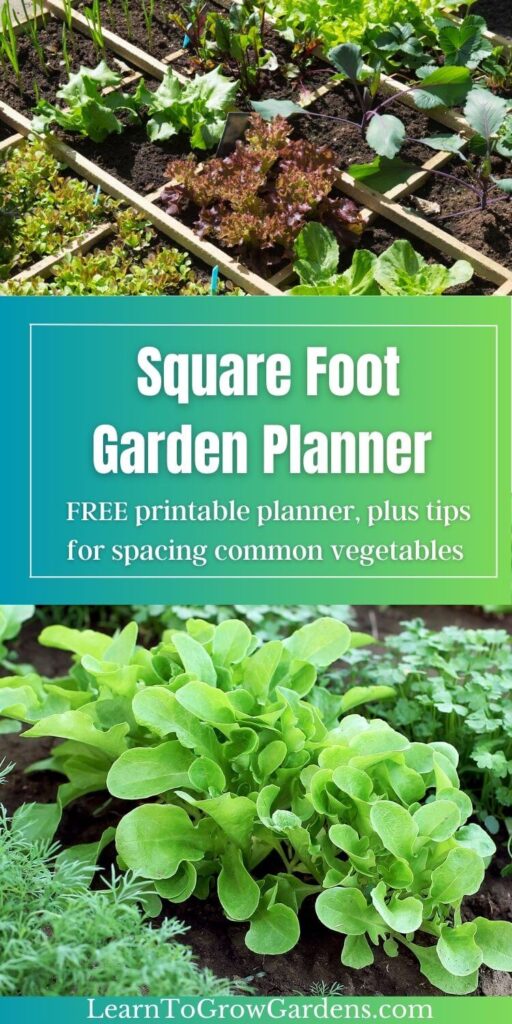
Additional planting tips
Sun Requirements
Be sure to give your plants plenty of light. Most vegetables require full sun, or 8+ hours of sunlight per day. Avoid placing your garden in an area with shade for a good portion of the day.
When planning your squares, place taller crops, such as tomatoes, towards the north side of the bed. Shorter plants, like carrots, can go on the south side of the bed. This will prevent larger plants from shading shorter ones during the day.
Water
As I mentioned before, plants in a square foot garden need plenty of water. Having lots of plants in a small space means lots of plant roots competing for water. Give your square foot garden lots of water, and watch for signs of under or overwatering and adjust accordingly.
Installing a drip line is a great option for raised beds, as it delivers water right to plant roots, where they need it most. It also prevents disease from overhead watering. Drip lines can even be set up on a timer, requiring less work from you to care for the garden.
Soil
Mel Bartholomew, the creator of Square Foot Garden, recommends a blend he calls Mel’s Mix. You can read more about it here, or in the New Square Foot Gardener. He uses a combination of compost, peat moss, and vermiculite.
Personally, I use my own soil mix in my raised beds. I prefer not to use pest moss if I can avoid it, because of the debate over peat moss not being a renewable product. The harvesting of peat moss is also contributing to greenhouses gases.
Note: For my DIY seed starting mix and similar uses, I use coco coir as an alternative to peat moss. It’s a effective, affordable substitution. However, coco coir is expensive in large quantities, such as in filling raised beds.
Each year, I add a fresh layer of compost and Espoma’s Biotone fertilizer at planting time.
Planting schedule:
This schedule is based on my last frost date of May 12th in my zone 6 garden. Adjust each task according to your planting season.
This is not a complete planting schedule. Use it as an example. For a monthly planting schedules, along with everything I’m doing in the garden, be sure to join my email list.
February/March:
- Lay a fresh, 1”-2” layer of compost in each raised bed.
- Start seeds for lettuces, tomatoes and peppers, and brassicas indoors.
- Set up hoops over garden.
- Optional: place 6mm plastic over hoops, to act as a mini greenhouse and warm up the soil quicker.
April:
- Replace plastic with garden fleece, to protect plants from frost. If temps are still consistently below freezing, continue using the plastic row covers.
- Once your beds are thawed and you’ve switched to garden fleece, transplant cold-hardy vegetables into your beds. These include broccoli, cabbage, spinach, kale and peas.
- As the weather warms to the consistent 50’s during the day, transplant lettuces to the garden.
- Plant more peas directly in the garden.
- Plant carrot seeds.
May:
- Remove the fleece and hoops after all danger of frost has passed. If you live in an area with animal pressure, garden netting over the hoops can protect your plants through the summer months.
- Transplant tomatoes, peppers, and other frost-sensitive plants to the garden.
- Plant heat-tolerant lettuces for mid-summer harvests.
June:
- Pull garden peas and spinach and replace with green beans and cucumbers.
- Start more broccoli, cauliflower, and cabbage seeds indoors for fall plantings.
July:
- Continue harvesting from the garden. As plants are pulled, replace with new vegetable starts or seeds.
- Watch for signs of pests, disease, or lack of water and treat accordingly.
- A fresh layer of compost can be placed around each plant, to add nutrients back into the soil.
August:
- Start fall lettuces and more bush beans for fall.
- Transplant cauliflower, broccoli, and cabbages to garden.
September:
- Transplant lettuces to garden.
October:
- Protect plants from frost. Add garden fleece over your hoops before frost is forecasted.
- Harvest the last of heat-living vegetable, like tomatoes and peppers.
- Pull summer vegetable plants.
- Plant garlic for next year.
November:
- Cover unused beds with 1-2 inches of compost.
- Cover each bed with a 2-3” layer of shredded leaves.
- Add plastic covers over beds if some lettuces, spinach, carrots still remain.
December-January:
- Continue harvesting vegetables from under row covers.
- Water vegetables on warm days, since plastic prevents precipitation from reaching your raised beds.
- Begin plans for next year’s garden. You might like to print new copies of my square foot gardening planner. J
February:
- Start all over again!
Final thoughts
If you like planning and organizing your garden with printables, you might enjoy my Etsy shop. I have all kinds of garden planner printables and garden-themed goodies, like my printable square foot gardening planner. The planner pages are a great way to stay organized, and your square foot garden plans will be a great addition to plant lists, seed starting charts, calendars, watering schedule and more.
Below, you will also find a link to my free printable garden planner for joining my email list. This is a mini version of my full garden planner.
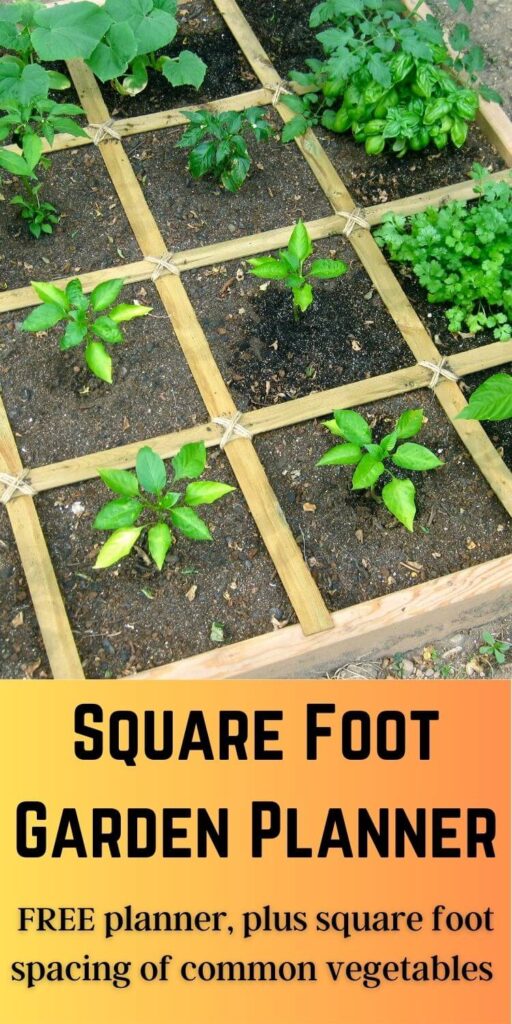
I hope you’ve enjoyed the free square foot garden planner! Be sure to check out these other helpful free garden printables:

Hi, I’m Liz! I’m a Master Gardener, Garden Coach, and Professional gardener. I’m also a mom of 4 who likes to putz around in my garden, growing food and flowers. You can read more about me here.
I started Learn To Grow Gardens as a resource for anyone looking to find more success in the garden. You can find gardening help, inspiration, and community through my Facebook Group, Instagram page, and by joining my email list below.
I started Learn To Grow Gardens as a resource for anyone looking to find more success in the garden. You can find gardening help, inspiration, and community through my Facebook Group, Instagram page, and by joining my email list below.
As an Amazon Associate, I earn from qualifying purchases.
